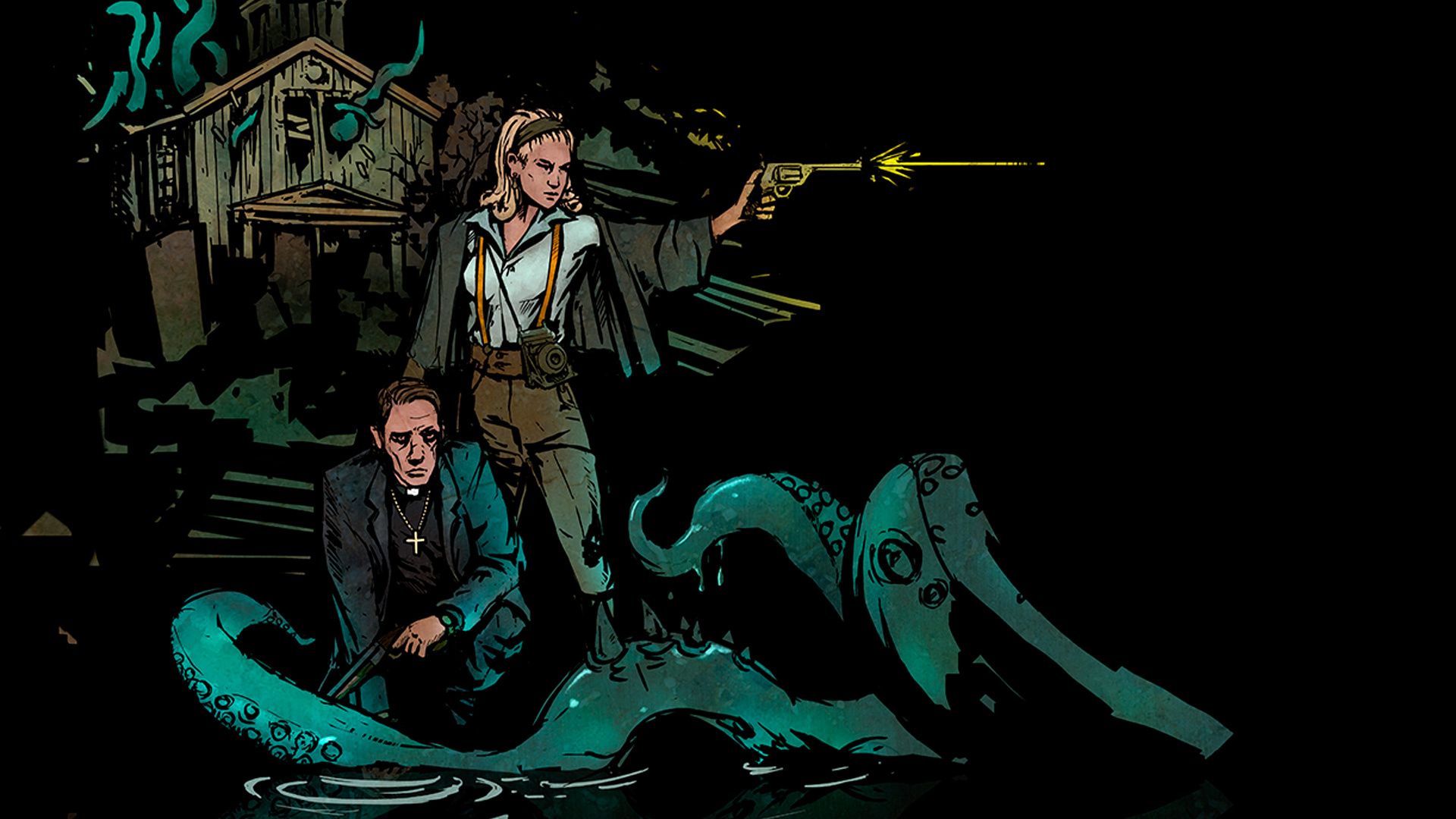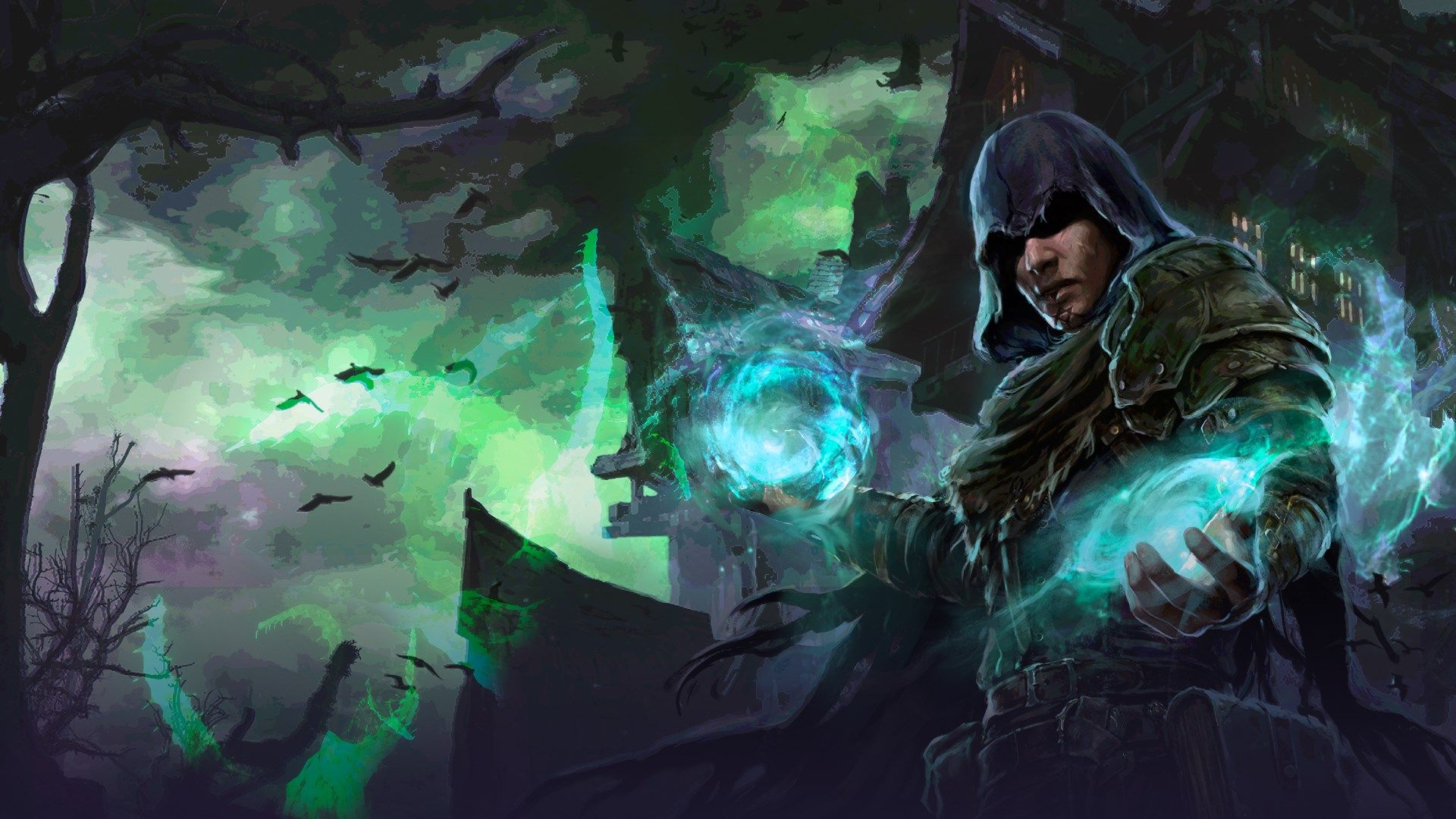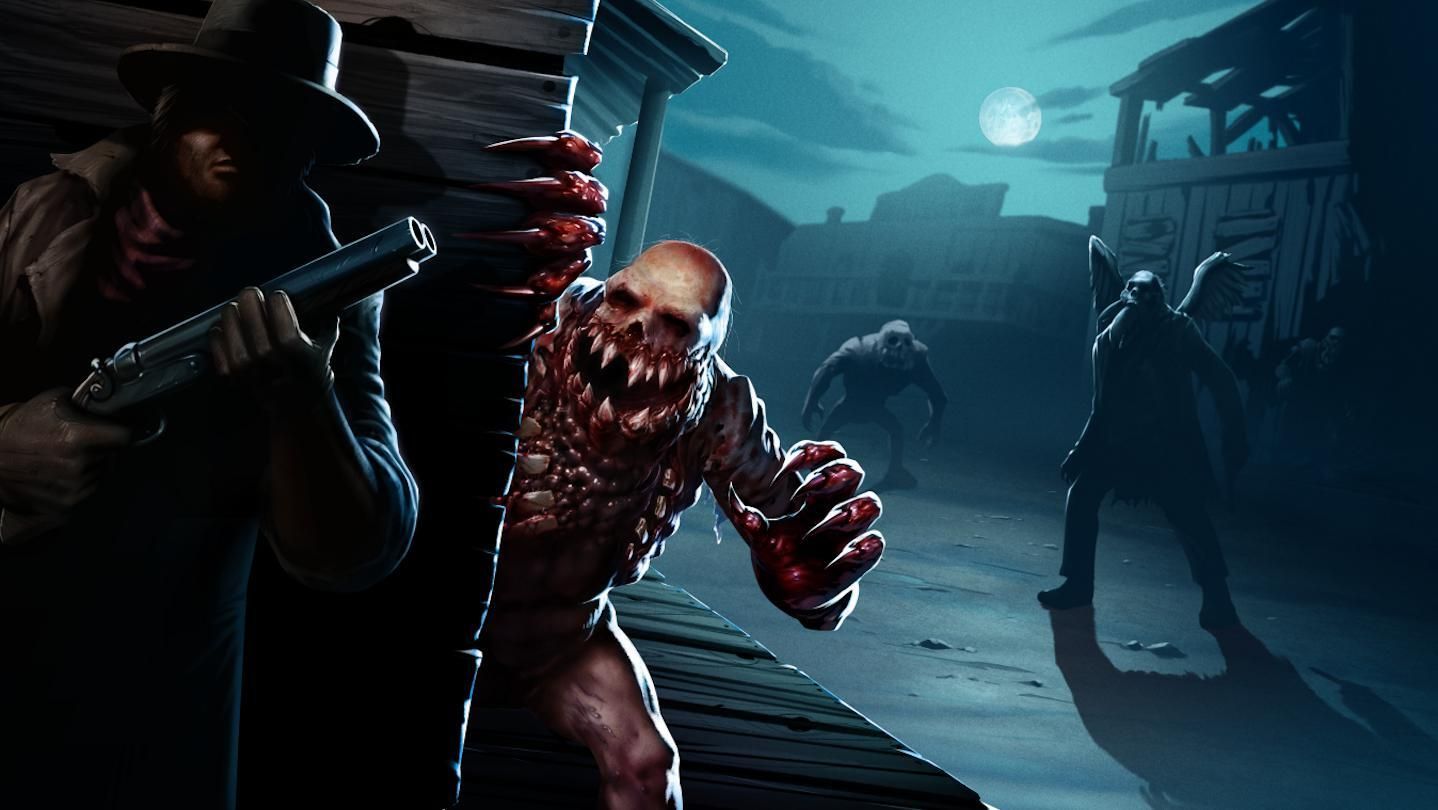Hellscreen
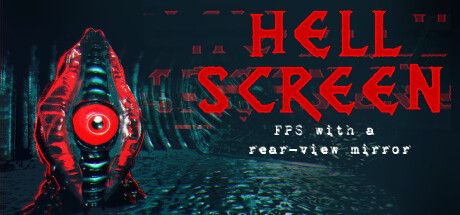
A Glimpse into the Abyss
Hellscreen is a nightmarish first-person shooter that resurrects 90s-era brutality with a visionary twist. Set in a fractured digital world inspired by H.R. Giger and cosmic horror, the game places players in a hellish realm where every step is laced with existential dread. What begins as a retro homage quickly evolves into a visceral descent through haunting corridors and corrupted systems. From moment one, the atmosphere is oppressive and immersive — a perfect storm for fans of dark sci-fi and philosophical shooters.
Mechanics of Madness
Hellscreen’s signature mechanic — the rear-view mirror — redefines situational awareness in combat. Enemies often approach from behind, and this mechanic forces players to think in dual directions at once. Precision movement and twitch reflexes are essential. Weapons feel weighty and impactful, with classic pickups and ammo scarcity driving tension. Combined with a sanity system that subtly alters gameplay, Hellscreen demands not just survival but mental endurance.
Exploration and Dread
Each level in Hellscreen is a meticulously crafted maze of secrets, blood-soaked arenas, and cryptic symbols. Rather than handholding, the game trusts players to piece together lore through environmental clues and fragmented memories. Exploration becomes an act of uncovering truth — or horror. Expect nonlinear paths, gated puzzles, and strange machines that beg you to question your role in this universe of ruin.
A Symphony of Sorrow
Hellscreen’s narrative unfolds like a corrupted opera: ancient gods have abdicated, a synthetic machine rules in their absence, and you — a soul out of time — must destroy it. The story explores themes of obsolescence, divinity, and what happens when order dissolves into entropy. It’s a bold, philosophical backdrop for the shooter mechanics, and while not overly wordy, it rewards players who dig deeper.
Final Verdict
For players craving a fusion of tactical combat, retro FPS mechanics, and abstract horror, Hellscreen delivers something both nostalgic and novel. Its unique gameplay loop and artistic identity set it apart from genre peers. Occasional mechanical friction might deter more casual players, but for fans of Doom, Quake, or Ultrakill with a taste for the surreal — Hellscreen is unforgettable.
Image Gallery

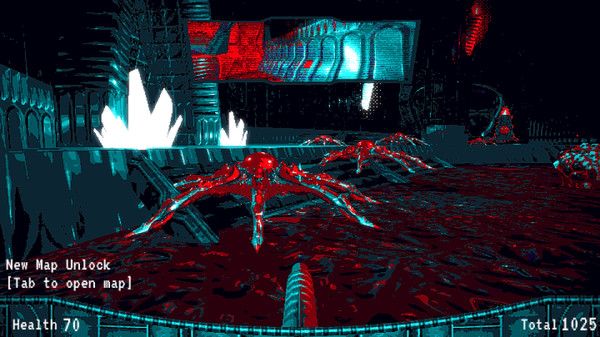
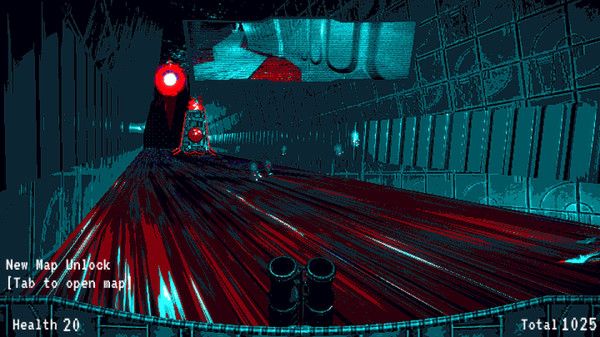
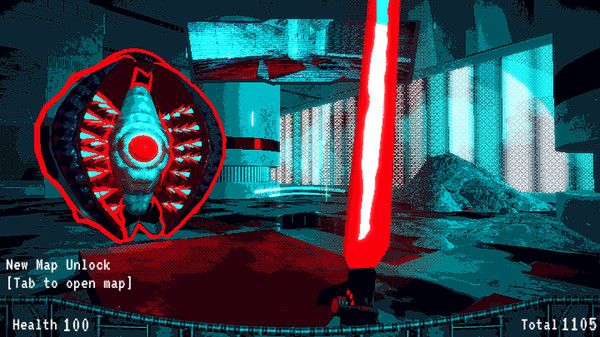
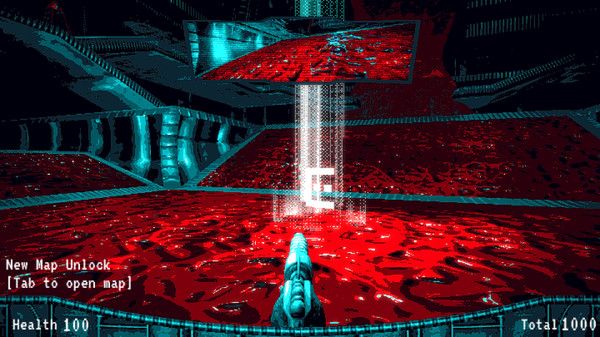

Core Mechanics of Hellscreen
Hellscreen layers retro shooter fundamentals with fresh tension-driven design. Here's what defines its gameplay:
-
Rear-View Combat System
Players must monitor a rear-view mirror while navigating and shooting — vital for detecting threats behind them. This dual-awareness mechanic amplifies tension and requires fast reflexes.
-
Classic FPS Gunplay
Expect fast-paced shooting with tight controls. Projectile-based weapons, ammo pickups, and health packs call back to old-school design.
-
Sanity Effects
A light sanity system influences audio, visuals, and player perception. As madness grows, so does the unreliability of the environment.
-
Environmental Storytelling
Lore is told through fragmented data, haunting graffiti, and glitched architecture — a puzzle the player pieces together through exploration.
-
Nonlinear Exploration
Each level offers multiple paths, secret areas, and risk-reward tradeoffs. Backtracking is often key to progression.
Tips for Surviving the Hellscreen
Victory demands more than good aim — you need discipline, awareness, and an eye for detail.
-
Always Check Your Mirror
Don’t get tunnel vision. Enemies love to ambush from behind. Train your eyes to flick between forward view and the Hellscreen mirror.
-
Save Ammo for Ambushes
Some weapons excel in close quarters. Don't waste heavy ammo on ranged threats when a strafing blast can do the job up close.
-
Read the Environment
Strange symbols and machine markings often hint at secrets. Take your time to explore side paths and decode the world.
-
Use Sanity as a Signal
If audio or visuals become distorted, it’s not just atmosphere — it’s a warning. Sanity shifts can foreshadow gameplay changes.
Recommended Playstyles
While Hellscreen doesn’t use traditional class systems, different approaches can dramatically shift your survival chances.
-
The Mirror Dancer
Master the rear-view system. Prioritize mobility and field awareness. Best used with fast-firing weapons and short-burst movement.
-
The Hoarder
Scour every level for health and ammo. Use weaker weapons when possible to conserve resources. This build thrives on slow, deliberate progression.
-
The Lurker
Avoid direct confrontation where possible. Use corners, darkness, and map layout to your advantage. A great build for replaying on higher difficulty.
Game Session

Run #4. I entered the data crypt with two shells and a cracked reflection core. The corridors pulsed with static — the mirror flickered like a dying eye. I couldn’t see them, not directly. But the mirror? The mirror saw everything. I caught a flicker behind me — turned too late. A screamer clipped my health bar and vanished. No sound, just code distortion.
My sanity meter twitched. The HUD blurred at the edges. I wasn’t sure if the hallway was shifting, or if I was. I fired blind through the mirror, aiming only at flickers. Hit nothing. Then, from the floor tiles, came a drone hiss — mechanical, hungry. I pulled the emergency flash. The reflection lit up red — three shapes behind me. I didn’t hesitate. Triple burst. Mirror kill. Silence.
I found a save point, finally. The text flickered: 'This is not your first loop.'
Hellscreen doesn’t just test your reflexes. It tests your perception — your trust in what you see, and in what you *can’t*. Every room is a question. Every reflection is a confession.
Cultural & Artistic References
Hellscreen is a richly stylized first-person shooter that fuses retro gameplay with philosophical dread. Its aesthetic and narrative inspirations come from both classic and contemporary sources, making it a compelling homage and original creation in equal measure.
-
Giger-esque Visual Design
The visual identity of Hellscreen is heavily influenced by the biomechanical nightmares of H.R. Giger. From grotesque architecture to organically mechanical enemies, the environment pulsates with otherworldly discomfort, evoking the disturbing elegance seen in 'Alien' and 'Dark Seed'.
-
Retro FPS Legacy
The game's mechanics and pace pay tribute to classic 'boomer shooters' like Doom, Quake, and Heretic. Weapon variety, health pickups, and fast strafing combat evoke the 90s FPS golden era, while innovative mechanics bring it into the modern age.
-
Cyber-Eldritch Horror Fusion
Hellscreen blends cyberpunk and eldritch horror elements, reflecting a world where ancient gods and digital decay intertwine. This unique duality channels themes seen in works like 'Tetsuo: The Iron Man' and 'Event Horizon', where technological advancement meets spiritual disintegration.
-
Myth of the Hollow God
The narrative draws on creation myths and metaphysical dilemmas. Gods abandon reality, replaced by a machine—a clear nod to the mythic archetype of the flawed creator, present in Gnostic cosmology and echoed in modern sci-fi parables.
-
Mirror Symbolism in Psychology
The central mirror mechanic symbolizes self-reflection and unseen truths. Drawing from Jungian psychology, it suggests the fear of confronting the shadow self—hidden enemies and blind spots are revealed only when players turn their gaze inward, both literally and metaphorically.
-
Sound Design & Ambient Influence
The game's soundscape borrows from ambient and industrial music traditions. Influences from Nine Inch Nails (especially Trent Reznor's work on Quake), dark ambient textures, and minimalist synths create a sonic experience that amplifies dread and immersion.
Final Verdict
Hellscreen is a standout indie FPS that dares to blend innovation with nostalgia. It's a bold experiment that succeeds in atmosphere, gameplay challenge, and narrative tone. If you're seeking a game that pushes the genre into dark, uncharted territory, look no further than the pixelated abyss of Hellscreen.
Strengths
- Uniquely terrifying atmosphere with stunning pixel art
- Innovative mirror mechanic adds tension and depth
- Blends fast FPS combat with slow-burn narrative exploration
Weaknesses
- Steep learning curve for new players
- Mirror mechanic may overwhelm in chaotic combat
Editorial Review
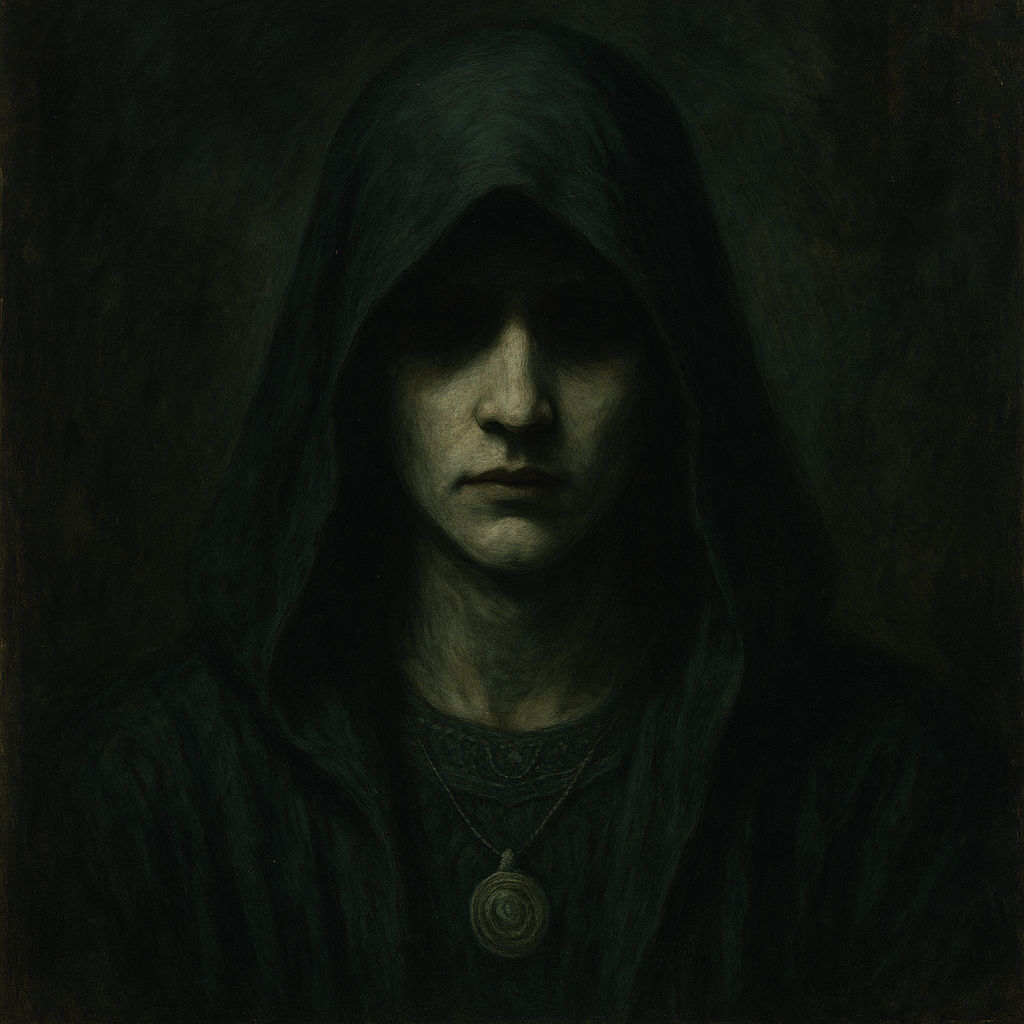
In Hellscreen, the echoes of forgotten gods whisper through the digital mist, inviting you to dance with shadows and question the very essence of being.
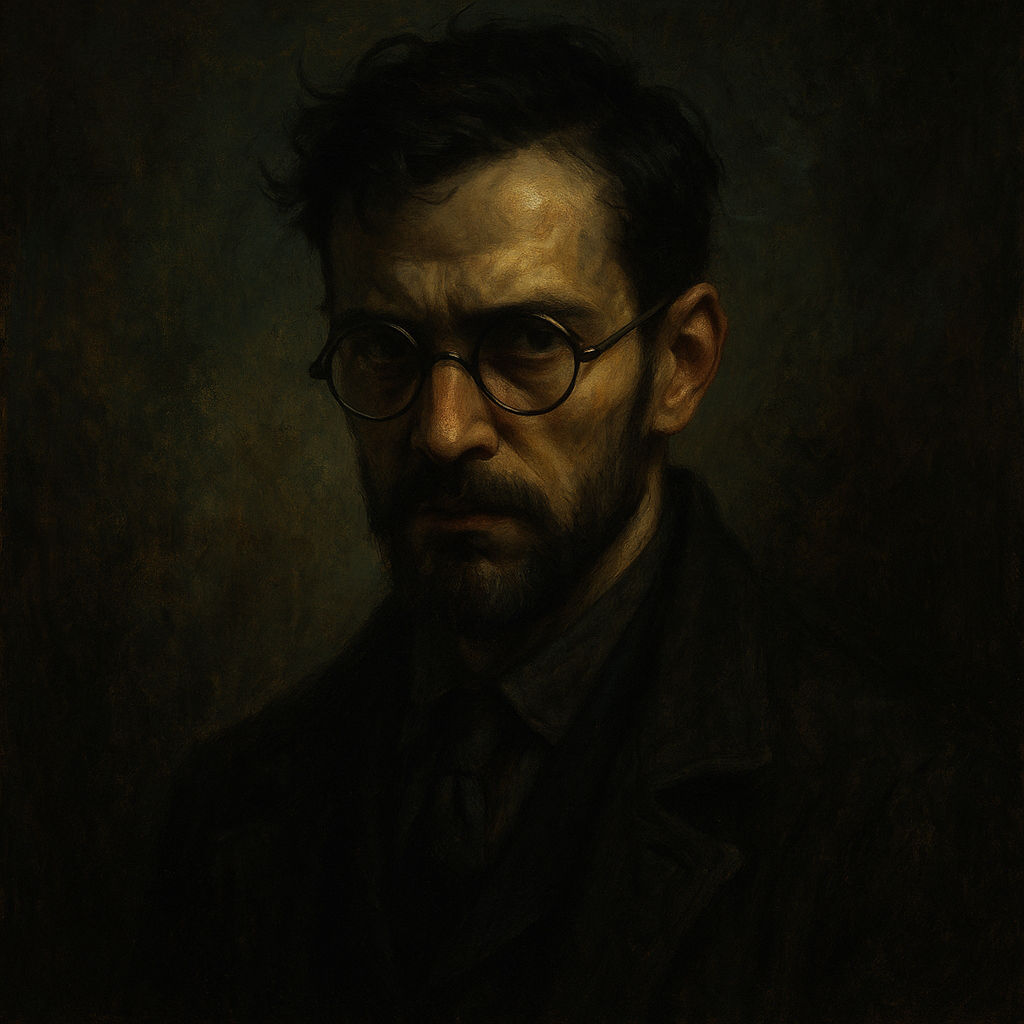
The mirror mechanic in Hellscreen is both tool and trap — it's as much about psychology as it is about survival.

This game is punishing, precise, and poetic. It’s the closest we’ve come to playing a digital nightmare.

There’s something beautiful about the decay in Hellscreen. Aesthetic ruin has never looked so compelling.
You might also like
About the author

Morwen
Morwen here. Horror is not about blood — it’s about quiet dread and truths we were not meant to know.

